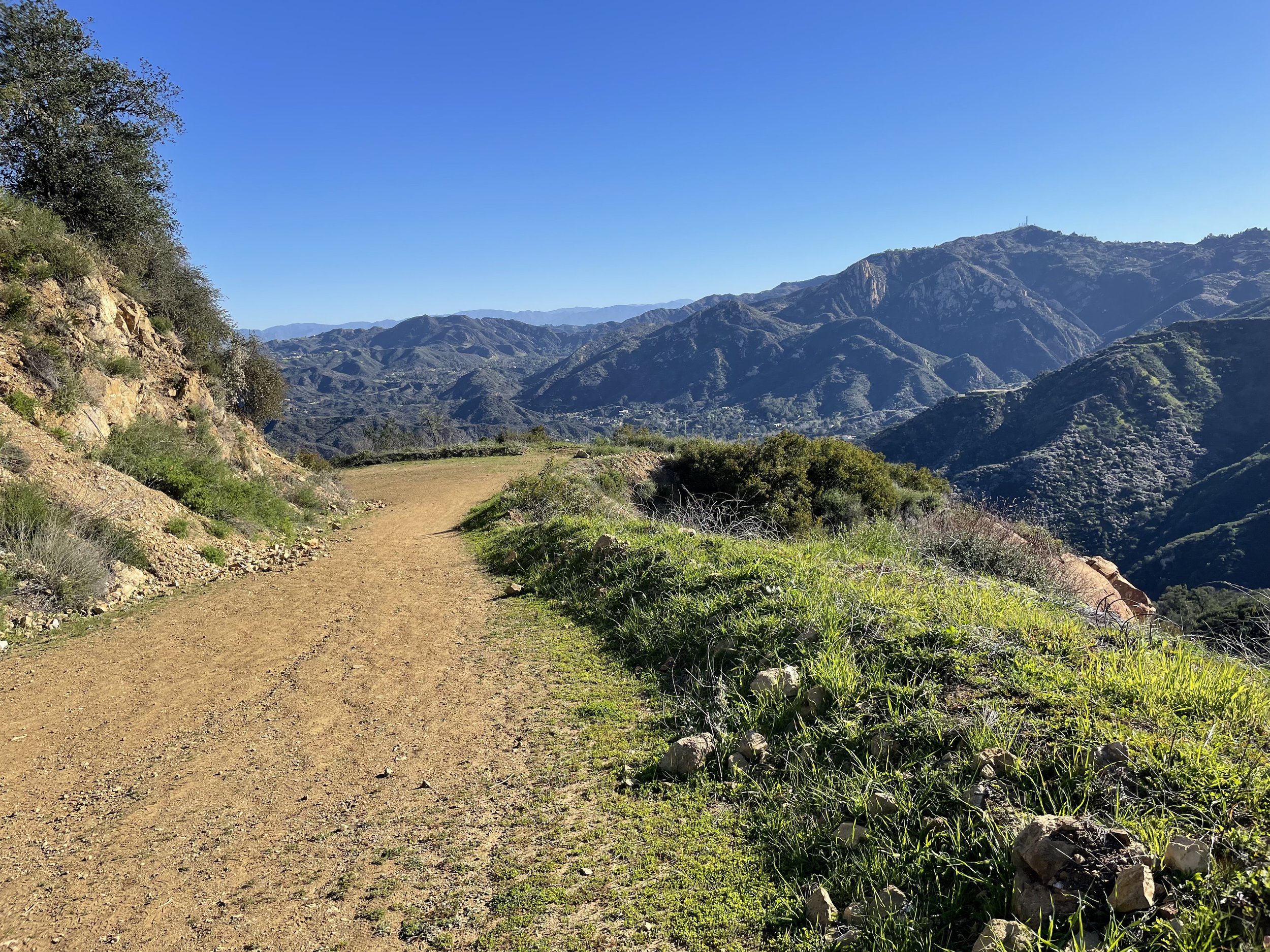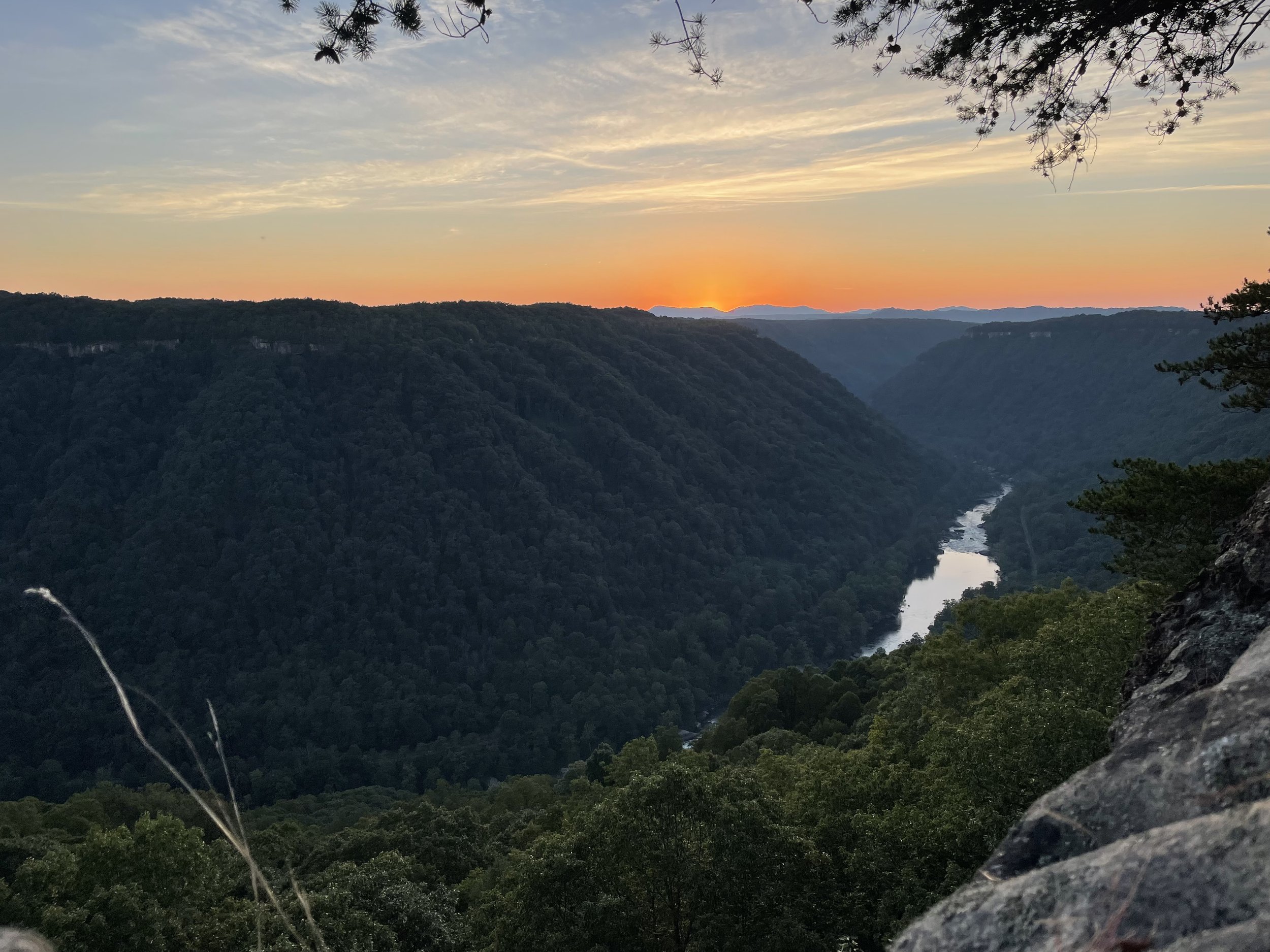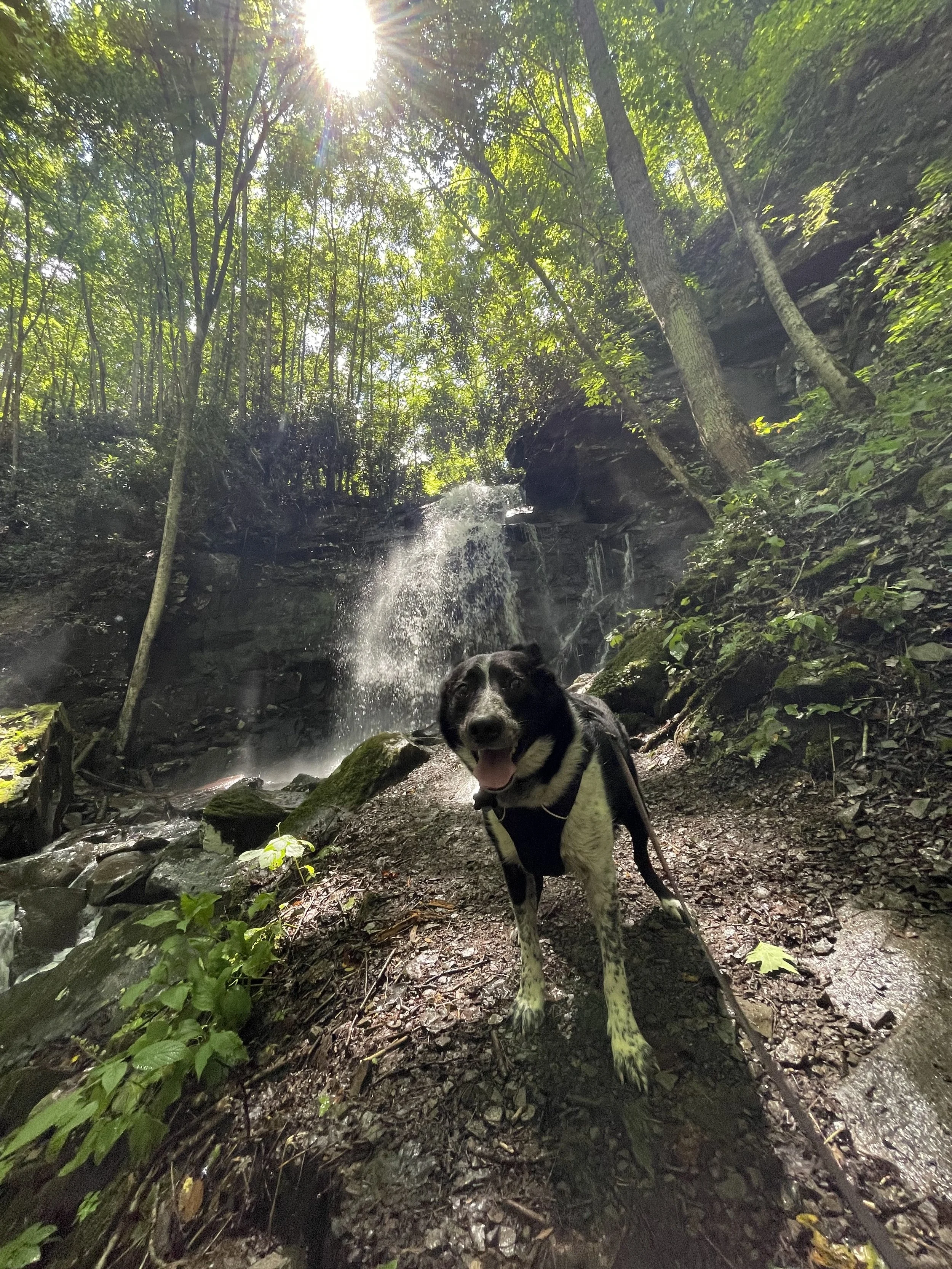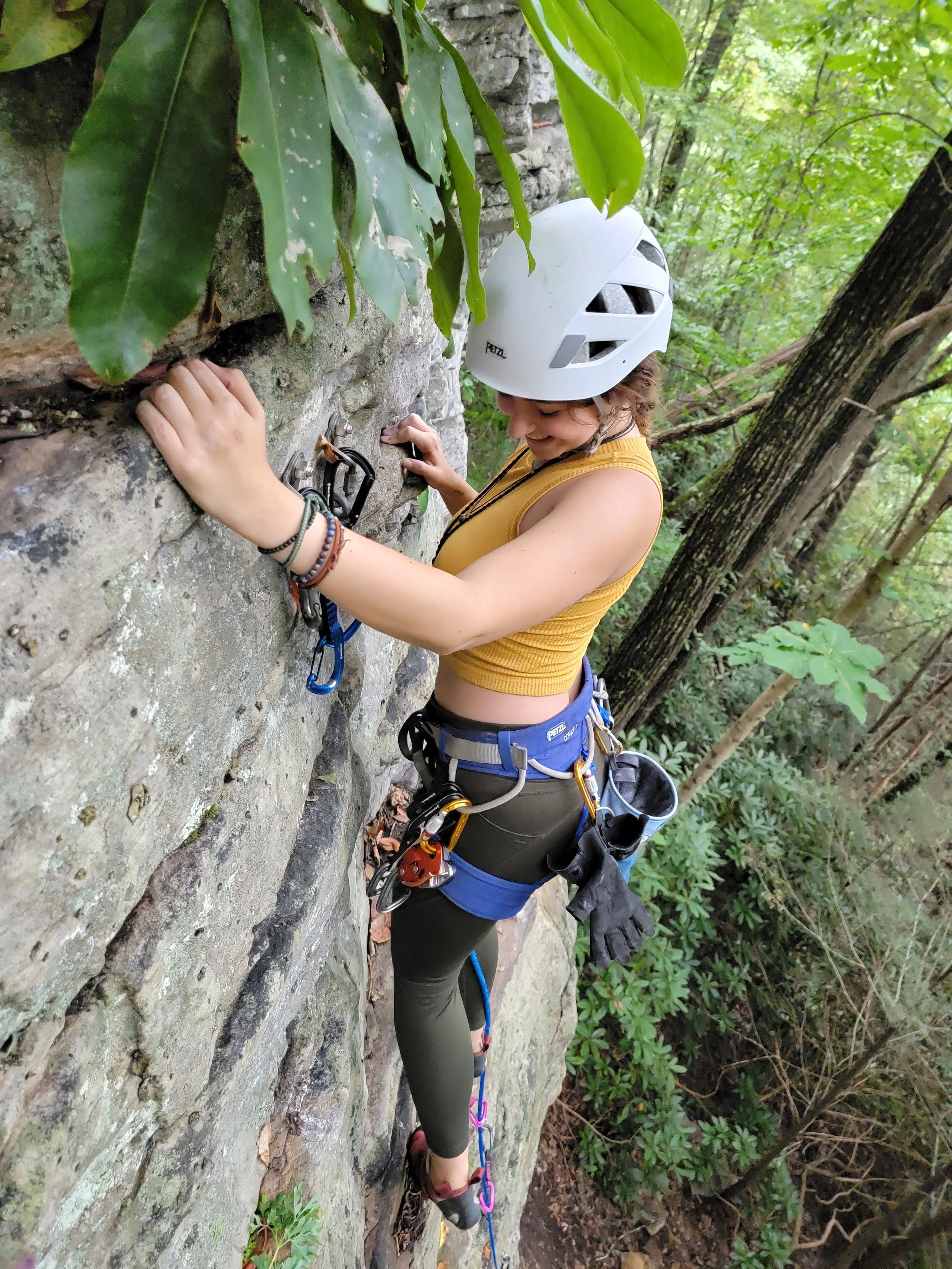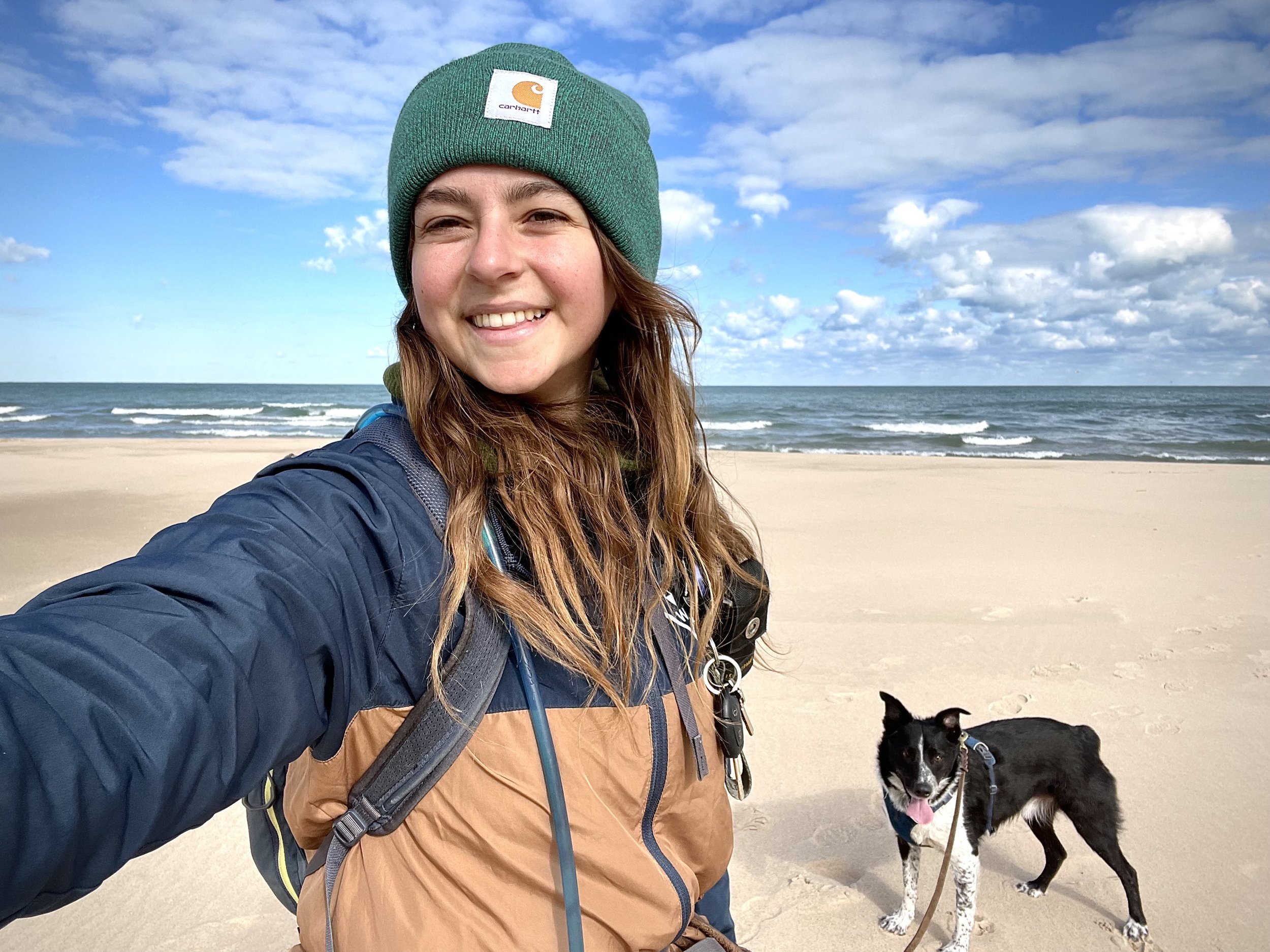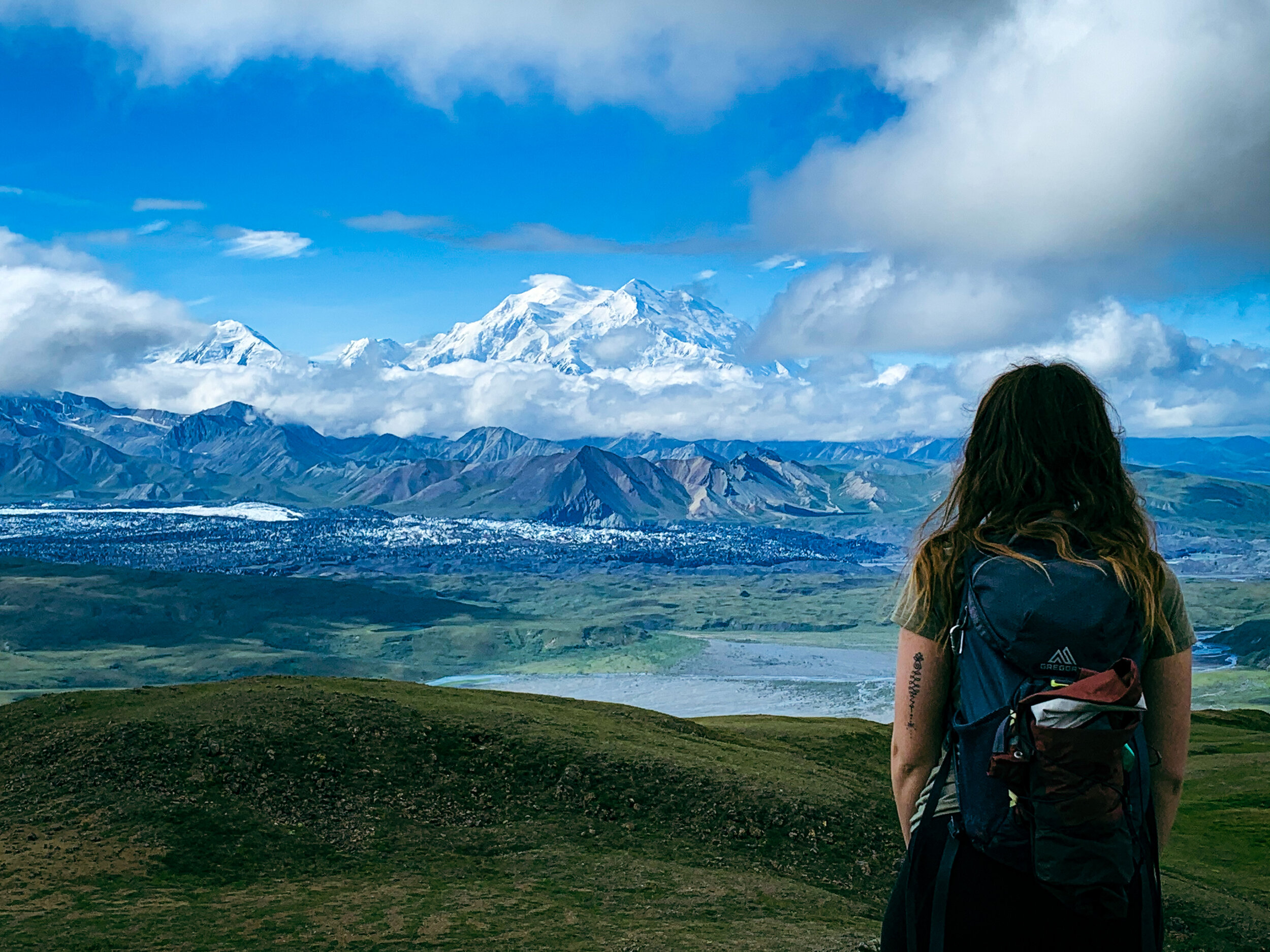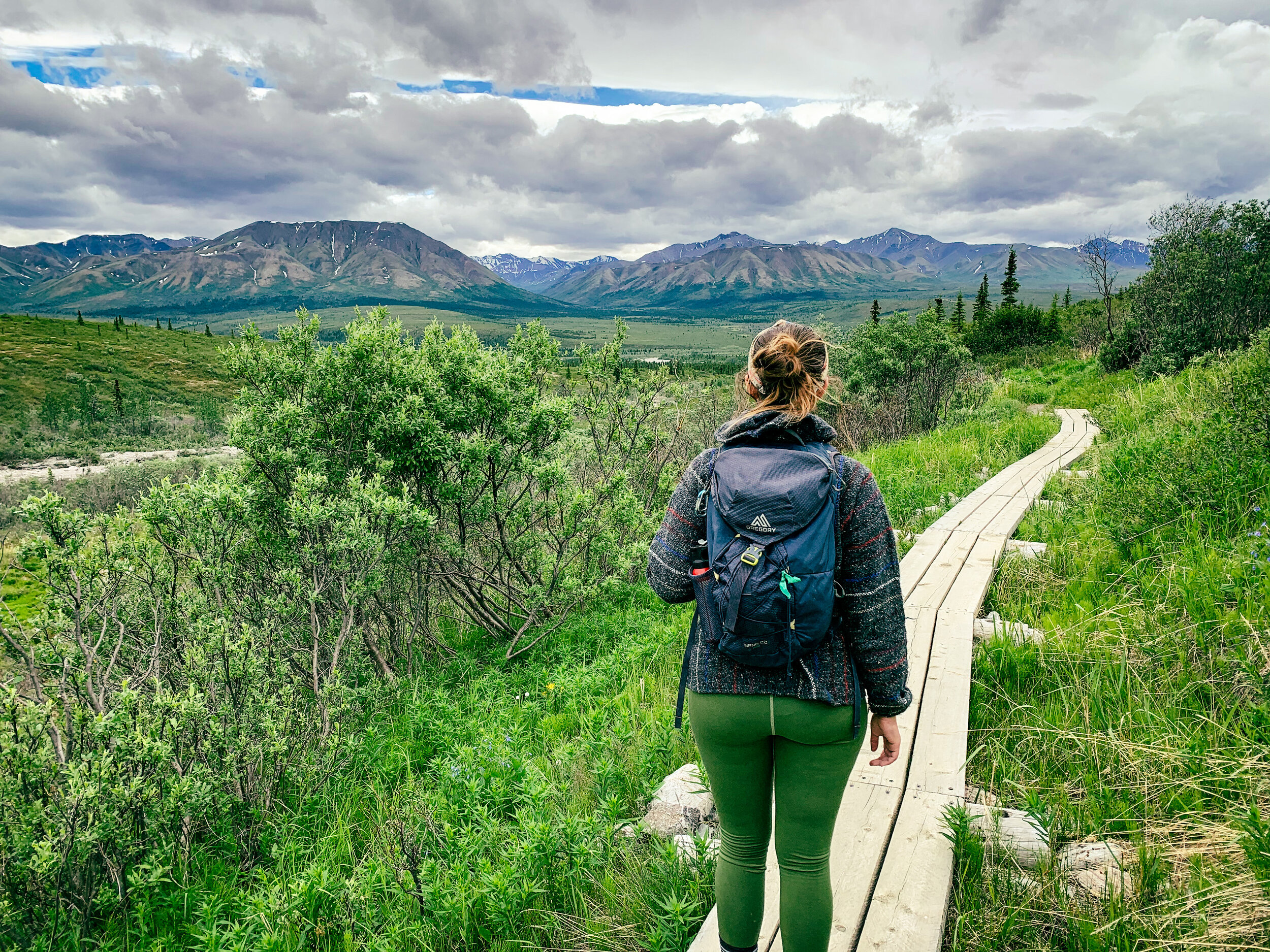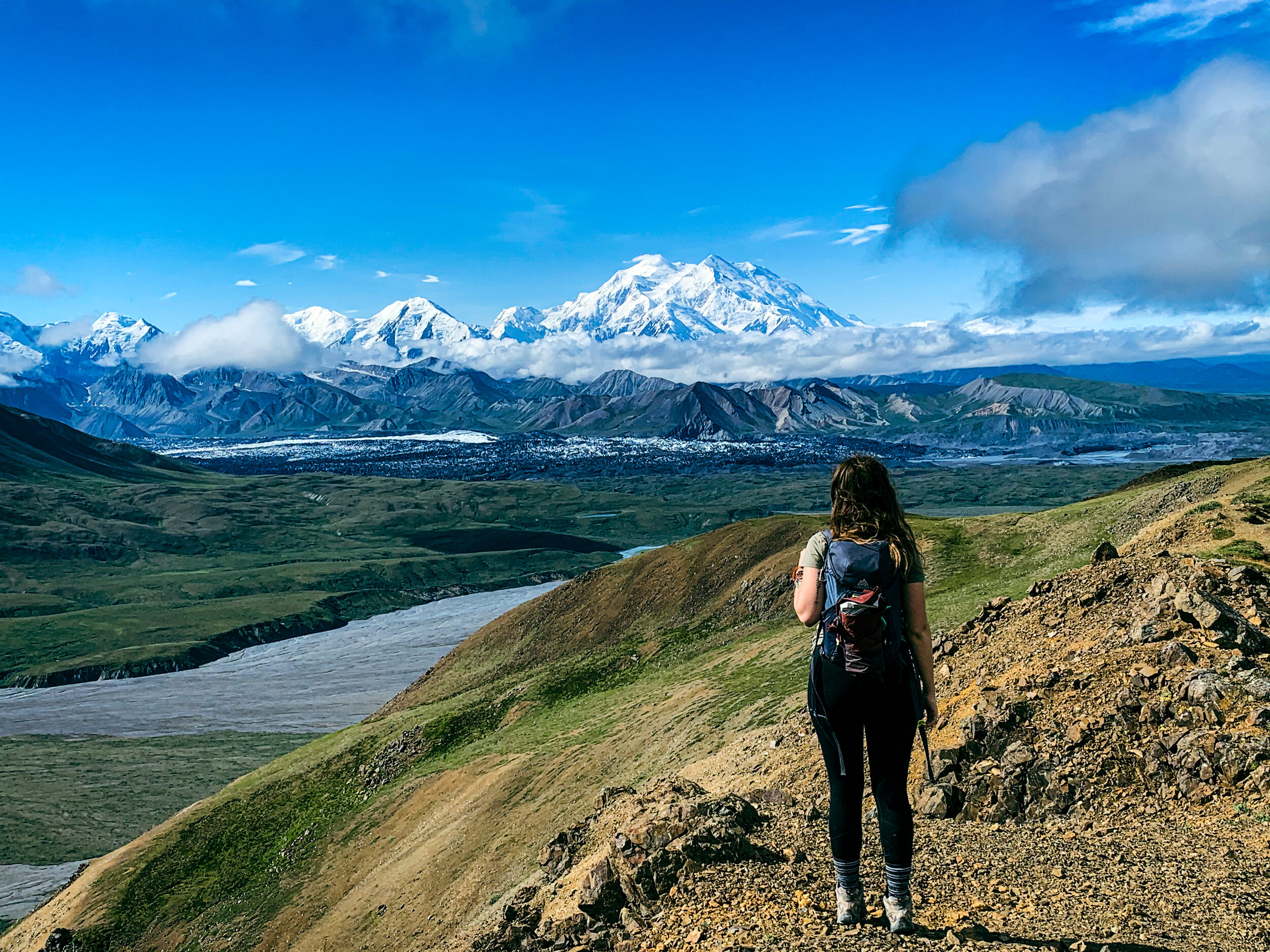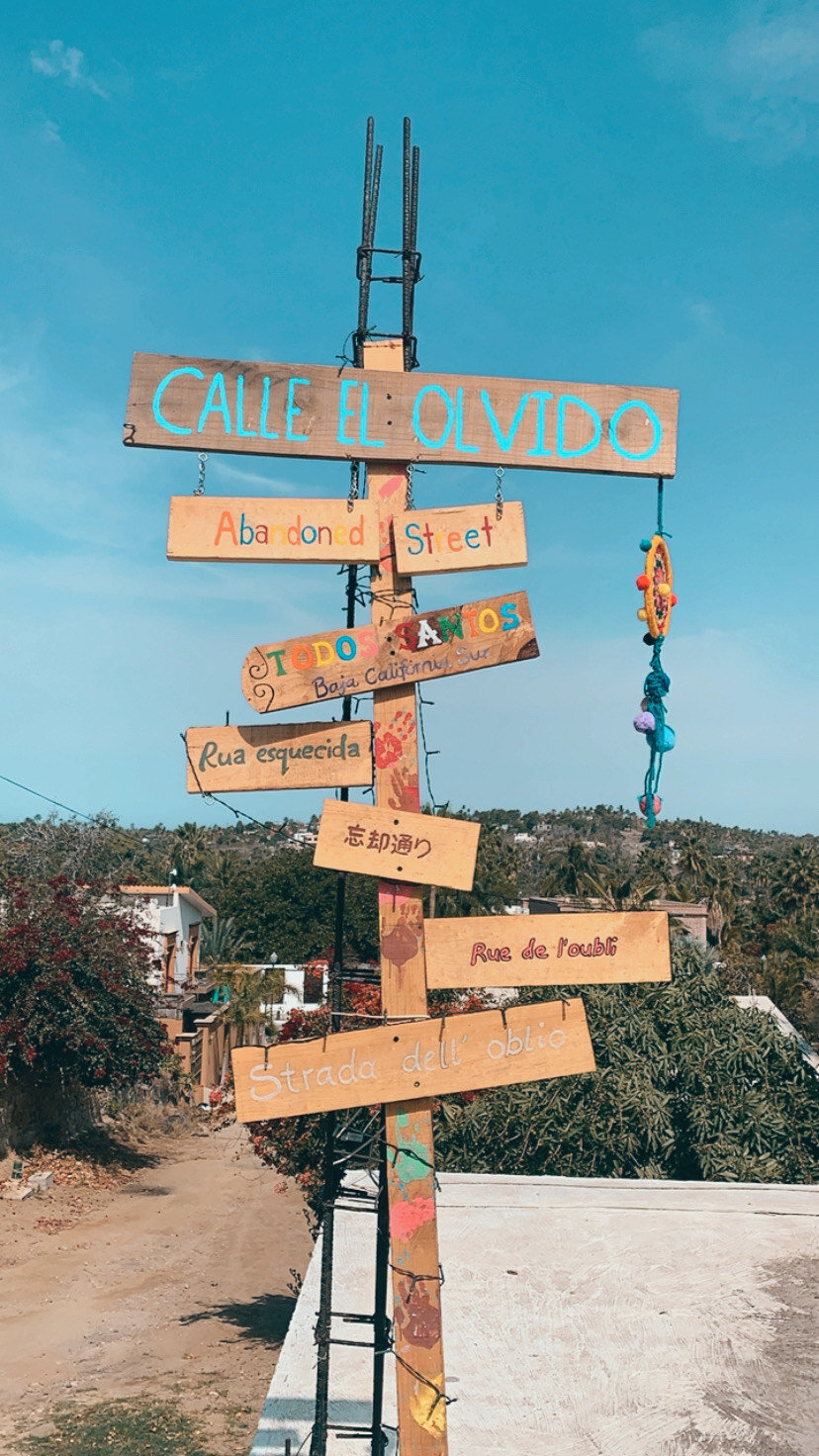There’s something special about having access to beautiful outdoor spaces, especially when you live in a big city. Proximity to nature means more chances to spend time outside, which can help improve mental health, physical health, and actually increases the likelihood of someone working to further protect their local outdoor spaces. The thing is, though, easy access to outdoor spaces can have its cons as well as its pros, and this article is here to unpack all of it.
How can our impacts both negatively and positively affect our local wild spaces, and how are those things amplified when it comes to wild spaces that are located in proximity to large cities?
access without education
Living in a city that has close access to outdoor spaces can be amazing. You’ve got hiking trails nearby, there are beautiful views, and you’ll get close up access to natural phenomena like California’s Superbloom (if you live in a place like LA). When people live near natural spaces, they’re more likely to spend time outdoors, which is amazing because of the impacts that recreation CAN have on conservation.
But there can also be a downside, especially due to a lack of education when it comes to how to properly care for and respect public lands and wild spaces, coupled with the sheer amount of people who sometimes overcrowd and overuse natural areas without realizing that these areas are heavily impacted by irresponsible actions like going off trail and violating trail restrictions.
According to Leave No Trace, a terrifying 9/10 people who recreate outside aren’t aware of the impact that they might have on the landscape they’re in. While of course, individual impact can be quite small, if you’re unaware, you won’t be able to reduce it either.
I recently thru hiked the Backbone Trail in Los Angeles county, which spans the length of the local Santa Monica Mountains. I did this with the purpose of helping to spread education and start a conversation about Leave No Trace and how irresponsible recreation has affected the mountains, especially due to the proximity of Los Angeles. I had a lot of conversations on trail surrounding this topic, and while many outdoor recreators agreed with me and told me they had noticed a similar disrespect towards the mountains in recent years, I also had conversations with people who were off trail in wildflower areas, or who blatantly asked me, “What’s Leave No Trace?”
Expanding education
In places with increased access to outdoor recreation, there needs to be increased access to outdoor education. This means not only implementing things like trail restrictions and permit systems to help directly protect places, but also explaining why these things are put in place so that people form a greater connection with the places they’re exploring through understanding.
For example, simple changes can make a difference, such as creating signs indicating restrictions on dogs that state, “Dogs scare wildlife, no dogs are allowed on this trail,” or indicators of a bike restriction that state, “This area is affected by erosion, hikers only.” These things can help people to understand that these restrictions are not here to restrict their choices for no reason—there is a justification for them and if we respect these things, then we can enjoy these places longer. Because the reality is, the more times people ignore important restrictions like these, the more likely certain public land access is going to close (like recent changes to dispersed camping in Alabama Hills and Sedona).
When we think of outdoor education, we often think of programs for kids. This is what I do for work, and I love being able to teach the next generation about how we can care about our natural world, but expanding education goes beyond children. While increasing education is a hard task to take on as an individual, the best place to start is in our direct relationships and friendships. Starting conversations is the best way to help people learn and care more.
Educational resources I love
There is a great course on Leave No Trace linked below that takes about 20 minutes to complete and can help you to gain some understanding of how and why Leave No Trace is important.
Below is also a list of resources local to Los Angeles and the Santa Monica Mountains, as this unique mountain range is heavily affected by its proximity to the city.
How Recreation impacts conservation
It was in a book I read recently called Down River by Heather Hansman where I came across the quote, “We save what we love and we love what we know,” and as a person who grew up immersed in the outdoors, this couldn’t be more true. Being raised in Southern California in the Santa Monica Mountains and at places like Vasquez Rocks taught me to have a close and intimate relationship with nature and the world around me. I learned a lot about plants, animals, and rocks firsthand, and as I grew up, I wanted to do what I could to protect these things that had made an impact on me as a child.
Unfortunately, the opposite can also be true. For many people, there is a huge disconnect between their life in the city and the nature that surrounds them. They don’t know the mountains, and therefore, it’s harder for them to care about saving them.
It may seem counterintuitive at first, but the truth is, the more time people spend outdoors, the more of a connection people will have with the land, the more they’ll care about keeping it wild, and the more they’ll notice how things like going off trail or leaving toilet paper tucked under a bush can negatively impact wild spaces. When people have a greater connection to the land, they’ll be able to use their voice to continue to teach about how we can do better, and start this beautiful spider web of knowledge about how individual impact CAN affect our public lands, as well as how individual impact can help reduce those negative effects.
Trek. save mountains.
Saving our wild spaces starts with helping more people to feel empowered to have a voice in the matter, and more people are going to want to use their voices if they have better access, not only to outdoor education, but also to save outdoor experiences where they can connect with the spaces around them.
Right now, Trek. Save Mountains is a movement. It’s a conversation. But eventually, I want to expand this movement into something larger where I can directly provide that education and experience to people. Please follow along if you want to watch me turn this from a travel blog to something much bigger—an expansion of access to the outdoors in a safe and educational environment so that more people from more backgrounds can use their unique and powerful voices to save our wild spaces.





